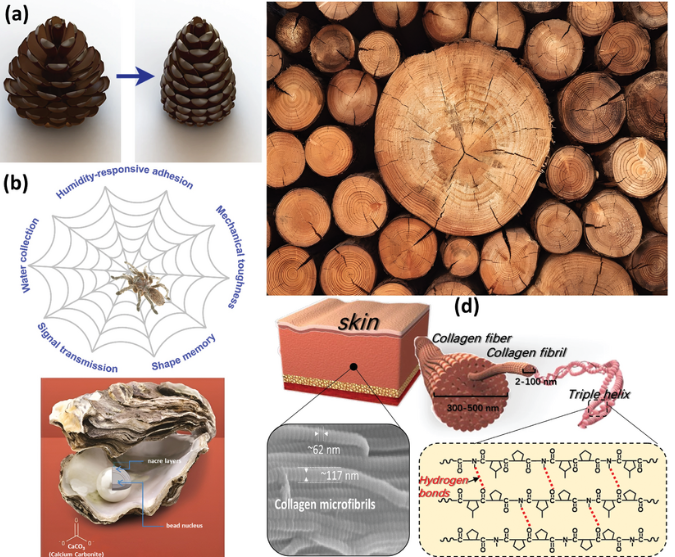Cloning 3d printing and artificial parts replacement stratergies
- anikshakar6
- Nov 27, 2023
- 2 min read

The concepts of cloning, 3D printing, and artificial parts replacement strategies are distinct but interconnected in the realm of medical technology and regenerative medicine. Here's an overview of each and their potential intersections:
Cloning: Cloning involves creating genetically identical copies of an organism or cells. In the context of regenerative medicine, cloning techniques like somatic cell nuclear transfer (SCNT) have been explored to create cloned cells or tissues that can potentially be used for therapeutic purposes. However, ethical and regulatory concerns have limited extensive application in human medicine.
3D Printing: 3D printing, also known as additive manufacturing, is a technology used to create three-dimensional objects layer by layer. In medicine, 3D printing is extensively used for creating patient-specific models for surgical planning, prosthetics, implants, and tissue engineering. It allows the production of custom-designed parts or implants tailored to individual patient needs.
Artificial Parts Replacement Strategies: This encompasses various approaches to replacing or repairing damaged or malfunctioning body parts. It includes prosthetics, implants (such as joint replacements, dental implants), and regenerative medicine techniques aimed at growing tissues or organs in the laboratory for transplantation or repairing damaged tissues within the body.
Intersections and Synergies:
Bioprinting: Bioprinting combines aspects of 3D printing with principles of regenerative medicine. It involves the printing of living cells, biomaterials, and growth factors layer by layer to create functional tissues or organs. Bioprinting holds potential for generating artificial body parts or tissues that closely mimic natural structures.
Customized Implants and Prosthetics: 3D printing allows the creation of personalized implants or prosthetics tailored to the patient's anatomy, improving the fit, functionality, and comfort compared to traditional standardized devices.
Tissue Engineering and Replacement: Researchers are exploring the possibilities of using 3D-printed scaffolds combined with cells and bioactive molecules to encourage tissue regeneration and replacement. This approach aims to create bioengineered tissues or organs that can integrate seamlessly into the body.
Future Perspectives: While advancements in 3D printing and regenerative medicine offer promising strategies for artificial parts replacement, challenges remain. Complex organs' printing, ensuring vascularization for tissue viability, achieving functional integration, and addressing immune response issues are among the key hurdles to overcome for widespread clinical implementation.
Overall, the convergence of cloning, 3D printing, and artificial parts replacement strategies holds potential for revolutionizing medical treatments by providing patient-specific solutions for tissue repair, organ replacement, and improved quality of life for individuals with various medical conditions or injuries.




Comments